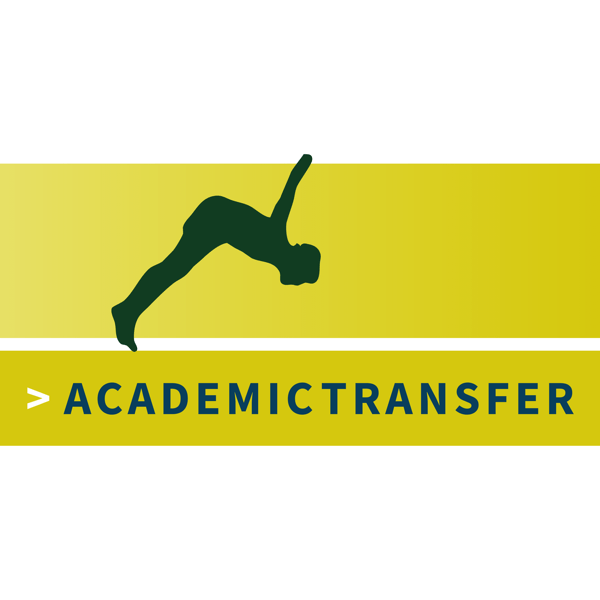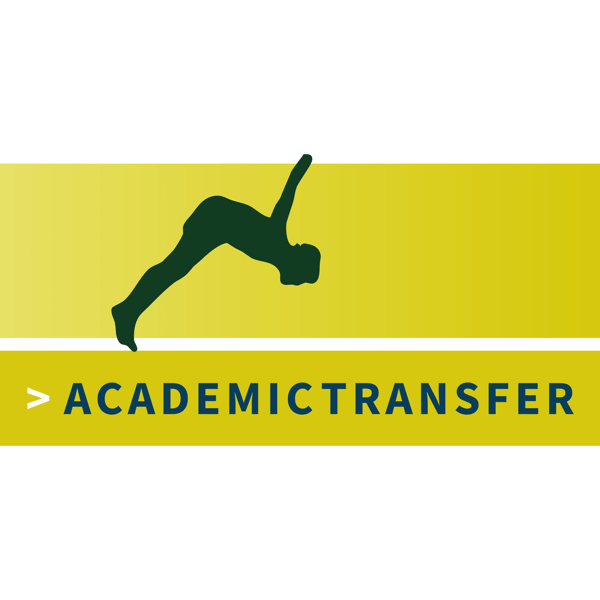
PhD Talk for AcademicTransfer: How to write a teaching statement
This post is part of the series PhD Talk for AcademicTransfer: posts written for the Dutch academic career network AcademicTransfer, your go-to resource for all research positions in the Netherlands.
These posts are sponsored by AcademicTransfer, and tailored to those of you interested in pursuing a research position in the Netherlands.
If these posts raise your interest in working as a researcher in the Netherlands, even better – and feel free to fire away any questions you might have on this topic!
Two months ago, we looked in detail at the research statement. Today, we are looking at the other statement that is often required for academic positions: the teaching statement.
Your teaching statement should cover:
- Your teaching experience: Which courses have you been adjunct or main instructor for? For which courses did you serve as a TA? Have you done one-on-one supervision of thesis students? Have you done any additional tutoring? Provide a concise overview of your experience, and how long you’ve held each of these roles. If you have a qualification such as the Dutch UTQ (University Teaching Qualification), make sure to mention this as well.
- Your teaching philosophy: Without getting into the weeds of pedagogical theories, describe your approach to teaching? What do you think contributes most to your students’ learning processes? If you have a qualification (such as the Dutch UTQ) and yours was based on a certain theory (constructive alignment, Bloom’s levels as used at TU Delft), then you can mention this briefly as well.
- Examples of your teaching practices: Based on your philosophy of teaching, how do you put this into practice? Make sure you include plenty of examples of how you teach, by discussing the types of materials you use in the classroom and how you switch between lecturing and active learning activities.
Since teaching statements are generally required in academic applications, you can find many examples online. For that reason, I’m giving you here my eight best tips for writing a convincing teaching statement:
- Ask colleagues for examples: Ask colleagues in your field and at your goal institution for their examples of teaching statements, so that you get a better feeling of what is expected from you. You may get inspiration from typical examples that are available online, but you need to realize as well that each field and each university have their own preferences.
- Be sensitive to international differences: In line with the previous recommendation, I recommend that you gain information about the teaching and learning culture at a specific university and country before you write the teaching statement. There are a lot of differences internationally, so while you should be honest about your teaching style, do show that you are able to adapt to the local culture.
- Read the instructions carefully: As with every type of application, you need to make sure you follow the instructions in terms of formatting and length to the letter. If your application does not follow the template, it may be headed for a straight rejection.
- Be honest: While you should take the national culture and institution in mind when writing the teaching statement, do make sure you are honest about the way you approach teaching. If your experience is limited, mention it in your teaching statement and show your eagerness to develop you didactic skills.
- Write in a narrative style: Your teaching statement is a personal statement. You can write in a more personal way than in your research statement. Try to write in a way that is accessible to the reader, regardless of their background. Just don’t go back too far in your narrative – there’s no need to spend time reflecting on the teachers you observed in the past. You as a teacher is the main topic here.
- Pay attention to diversity, inclusion, and equity: While many universities will ask for a DEI statement separately, you can pay attention to this important topic by commenting on how you address DEI in your classroom in your teaching statement. Especially if breaking down barriers is a core part of your academic mission as it is in my case, you can stress this in your teaching statement.
- Reflect on what you’ve learned during the COVID-19 pandemic: Teaching has changed since COVID-19, and it is good practice to reflect on what has changed in your classroom as a result of the pandemic. Are you using more online tools in combination with your more traditional lecturing elements?
- What have you achieved? Discuss what you have achieved with your teaching. Teaching evaluations are one thing (and we know that these are a flawed instrument, with technical courses receiving lower ratings, and sexism, racism, ableism, ageism and other forms of discrimation rampant in the evaluations). Think of positive outcomes in other terms: are you the person students come to for advice for graduate school? Have your students successfully continued studying at other universities? Have your students won prizes or awards?
Have you written a teaching statement yet? What was your main challenge in writing this, and how did you overcome this challenge?


